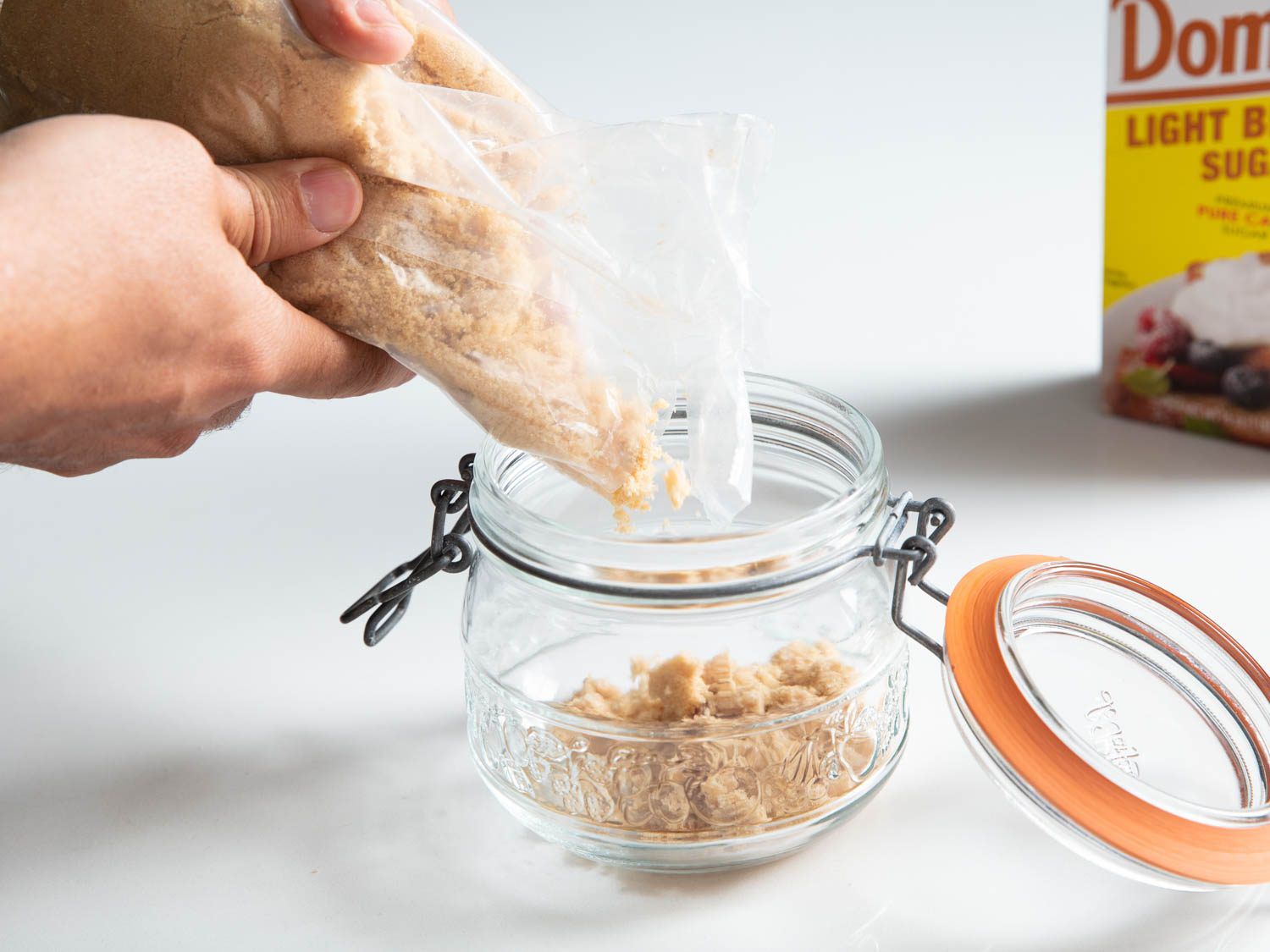

Articles
How To Store Brown Sugar After Opening
Modified: December 7, 2023
Learn the best methods for storing brown sugar after it's been opened to keep it fresh and prevent clumping. Explore our articles for helpful tips and tricks.
(Many of the links in this article redirect to a specific reviewed product. Your purchase of these products through affiliate links helps to generate commission for Storables.com, at no extra cost. Learn more)
Introduction
Brown sugar is a staple ingredient that adds a rich, caramel-like sweetness to countless recipes. Whether you use it in baked goods, marinades, or even as a topping for oatmeal, proper storage is essential to maintain its quality and prevent it from hardening or drying out.
In this article, we will explore the importance of storing brown sugar correctly and discuss the various factors that can impact its storage life. We will also provide you with the best practices for storing brown sugar to ensure that it remains soft, moist, and ready to use whenever you need it.
So, if you’ve ever wondered how to store brown sugar after opening, keep reading to discover some handy tips and tricks!
Key Takeaways:
- Proper storage of brown sugar is crucial to maintain its quality, texture, and flavor. Using airtight containers, adding moisture, or freezing are effective methods to keep brown sugar soft and ready to use.
- Factors such as air exposure, temperature, moisture, contamination, and time can impact brown sugar storage. By following best practices and considering these factors, you can ensure your brown sugar remains fresh and moist for an extended period.
Read more: How To Store Dark Brown Sugar
Why is proper storage important?
Proper storage is crucial when it comes to brown sugar because it helps to maintain its quality, texture, and flavor over time. Brown sugar is a hygroscopic ingredient, which means it has the ability to absorb and retain moisture from its surroundings. This quality is what gives brown sugar its soft and moist texture.
If brown sugar is not stored correctly, it can become hardened or clumpy, making it difficult to measure and incorporate into recipes. Additionally, improper storage can cause the sugar to dry out, leading to a loss of moisture and flavor.
When brown sugar dries out, it can be tempting to try to soften it by adding water or microwaving it, but these methods can make the sugar lumpy or dissolved. Proper storage prevents the need for these remedies and ensures that your brown sugar is always fresh and ready to use.
Moreover, storing brown sugar correctly helps to prevent the growth of bacteria or mold. Owing to its high sugar content, brown sugar is not a favorable environment for microbial growth. However, if it comes into contact with moisture or is exposed to air for prolonged periods, it can create a breeding ground for unwanted bacteria. Proper storage practices minimize these risks and help to keep your brown sugar safe to consume.
Lastly, proper storage of brown sugar can save you money. If you do not store it correctly and it becomes hardened or dried out, you may be tempted to throw it away and buy a new package. By following the right storage methods, you can extend the shelf life of your brown sugar, reducing waste and ensuring you always have a fresh supply on hand.
Now that we understand why proper storage is important, let’s delve into the factors that can affect brown sugar storage.
Factors that affect brown sugar storage
Several factors can impact the storage life of brown sugar. Understanding these factors will help you determine the most suitable storage methods to keep your brown sugar fresh and moist. Here are the key factors to consider:
Air exposure: Exposure to air is one of the main culprits behind brown sugar drying out and hardening. When the sugar comes into contact with air, the moisture in it evaporates, leading to a loss of moisture content. This makes it crucial to store brown sugar in an airtight container to prevent air from reaching it.
Temperature: Temperature plays a significant role in the storage of brown sugar. High heat or extreme temperature fluctuations can cause the sugar to melt or clump together. It is best to store brown sugar in a cool, dry place away from direct sunlight and heat sources like stovetops or ovens.
Moisture: While brown sugar needs to be protected from excessive air exposure, it also requires some level of moisture to maintain its softness. The goal is to find the right balance. Too much moisture can lead to the growth of mold or bacteria, while too little can cause the sugar to dry out. Properly sealing the sugar and adding moisture retaining methods are essential for optimum storage.
Contamination: Keeping brown sugar away from contaminants is crucial for its storage. Ensure that the storage container or bag is clean and free from substances that may affect the quality of the sugar, such as food particles or grease.
Time: Over time, brown sugar will naturally lose moisture and become hardened if not stored properly. The longer it is exposed to adverse conditions, the more likely it is to dry out. By applying the appropriate storage methods, you can extend the storage life of your brown sugar and maintain its quality for longer.
Now that we have examined the factors affecting brown sugar storage, let’s explore the best practices for storing brown sugar to keep it fresh and moist.
Best practices for storing brown sugar
To ensure that your brown sugar remains soft, moist, and ready to use, it is essential to follow these best practices for storage:
- Use an airtight container: The most effective way to protect brown sugar from air exposure is to store it in an airtight container. Transfer the sugar from its original packaging to a sealable container, such as a glass jar or a plastic container with a tight-fitting lid. Make sure to remove any excess air before sealing the container tightly.
- Add moisture to the brown sugar: Brown sugar can be revitalized by adding moisture to it. There are a few methods you can try. One option is to place a slice of bread or a fresh apple wedge in the container with the brown sugar. The moisture from these items will help to keep the sugar soft. Remember to replace the bread or apple as needed. Alternatively, you can place a dampened paper towel or a small piece of dampened terra cotta inside the container to restore moisture.
- Use a brown sugar saver or terra cotta disc: Brown sugar savers or terra cotta discs are small, porous disks that can be soaked in water and then placed directly into the brown sugar container. These discs will provide a continuous source of moisture, keeping the sugar soft and preventing it from hardening. They are available in kitchenware stores and online retailers.
- Freeze brown sugar: If you do not plan on using your brown sugar for an extended period, or if you have bought it in bulk, freezing it can be an effective storage method. Place the brown sugar in an airtight freezer bag, remove as much air as possible, and seal it tightly. When you’re ready to use it, allow the sugar to thaw at room temperature before scooping out the desired amount.
Remember to check your brown sugar periodically to ensure its quality. If it has become hardened or dried out, follow the aforementioned steps to revitalize it. These best practices will help to maintain the freshness and texture of your brown sugar, ensuring its usability for an extended period.
Now that you have learned the best practices for storing brown sugar, you can keep your supply fresh and enjoy that sweet touch in your recipes whenever you desire.
Option 1: Using an airtight container
One of the simplest and most effective ways to store brown sugar is by using an airtight container. An airtight container prevents air from getting in and helps maintain the moisture content of the sugar, keeping it soft and ready to use. Follow these steps to store your brown sugar with an airtight container:
- Transfer the brown sugar: Start by transferring the brown sugar from its original packaging to a clean, dry container. A glass jar with a tight-sealing lid or a plastic container with a snap-on lid works well for this purpose. Make sure the container is large enough to accommodate the amount of brown sugar you have.
- Prepare the container: Before adding the brown sugar, ensure that the container is clean and free from any contaminants. Wash it with warm water and mild soap, then dry it thoroughly. Even the smallest food particles or grease residue can affect the quality of the sugar.
- Remove air and seal tightly: To prevent the brown sugar from being exposed to air, press down on the sugar to remove any excess air in the container. The closer the sugar is to the top, the more likely it is to dry out. Once you have removed the air, seal the container tightly to create a proper barrier against moisture loss.
- Store in a cool, dry place: Find a suitable spot to store your airtight container of brown sugar. It’s important to keep it away from direct sunlight, excess heat, and humidity, as these factors can accelerate the drying process. A cool pantry or cupboard is an ideal location.
By storing your brown sugar in an airtight container, you are creating an environment that helps preserve its moisture and quality. This method is simple, cost-effective, and doesn’t require any additional tools or ingredients. It’s a convenient way to ensure your brown sugar stays soft and ready to use whenever you need it.
Now that you know how to use an airtight container for brown sugar storage, let’s explore another option for keeping your brown sugar moist and fresh.
Store brown sugar in an airtight container to prevent it from hardening. You can also add a slice of bread or a terra cotta brown sugar saver to help maintain its moisture.
Read more: How To Store Light Brown Sugar
Option 2: Adding moisture to the brown sugar
If your brown sugar has become hardened or dried out, or if you want to proactively prevent it from losing its moisture, adding extra moisture can help. Here’s how you can restore or maintain the moisture in your brown sugar:
- Slice of bread or fresh apple: Place a slice of bread or a fresh apple wedge in the container with the brown sugar. These items release a small amount of moisture, which helps keep the sugar soft and prevent it from hardening. Remember to replace the bread or apple as needed to maintain their moisture-releasing properties.
- Dampened paper towel: Take a paper towel and dampen it with water. Squeeze out any excess water so that it is slightly moist but not dripping. Place the dampened paper towel in the container with the brown sugar. The moisture from the paper towel will transfer to the sugar, keeping it moist. Check the paper towel periodically and dampen it again if it dries out.
- Terra cotta disc or brown sugar saver: Another option is to use a terra cotta disc or a brown sugar saver. Soak the disc in water for a few minutes until fully saturated, then pat it dry. Place the dampened disc directly in the container with the brown sugar. The terra cotta will release moisture slowly, helping to keep the sugar soft and preventing it from hardening. Remember to re-soak the disc occasionally to ensure it continues releasing moisture.
These methods provide a source of moisture in the brown sugar container, helping to soften and maintain the sugar’s texture. Whether you choose the bread or apple, the dampened paper towel, or the terra cotta disc, make sure to monitor the moisture level and replace or re-dampen them as necessary to prevent mold growth.
Adding moisture to the brown sugar is a simple and effective way to revitalize hardened sugar and prevent it from drying out in the future. By incorporating these methods, you can enjoy soft and moist brown sugar for all your baking needs.
Now that you have learned how to add moisture to brown sugar, let’s explore another option for maintaining its freshness.
Option 3: Using a brown sugar saver or terra cotta disc
If you are looking for a convenient and long-term solution to keep your brown sugar soft and moist, using a brown sugar saver or a terra cotta disc is a great option. These tools are designed to help regulate moisture levels in the sugar and prevent it from hardening. Here’s how you can use them:
- Brown sugar saver: A brown sugar saver is a small, food-safe disk made of terra cotta or clay. Before using it, soak the disk in water for about 15 minutes, then pat it dry. Place the dry disk directly into the container with the brown sugar. The disk will slowly release moisture, helping to keep the sugar soft. To maintain its effectiveness, periodically soak the disk in water again, following the same process, and replace it in the container.
- Terra cotta disc: Similar to a brown sugar saver, a terra cotta disc can also be used to keep brown sugar moist. Soak the disc in water for a few minutes until fully saturated, then pat it dry. Place the dampened disc directly into the container with the brown sugar. The porous nature of the terra cotta will release moisture gradually, preventing the sugar from drying out. Make sure to re-soak the disc as needed to maintain its moisture-releasing properties.
Both the brown sugar saver and the terra cotta disc provide a continuous source of moisture to the brown sugar, helping to maintain its softness and preventing it from hardening or clumping. These tools are reusable and can last for an extended period with proper care.
Using a brown sugar saver or a terra cotta disc is a hassle-free way to keep your brown sugar moist without the need to replace or replenish other moisture sources regularly. Just remember to periodically check the disc or saver and re-soak as required to ensure ongoing effectiveness.
Now that you know how to use a brown sugar saver or a terra cotta disc, let’s explore another option for storing brown sugar.
Option 4: Freezing brown sugar
If you have a large quantity of brown sugar or want to store it for an extended period, freezing can be a viable option. Freezing brown sugar helps to preserve its moisture content and prevent it from drying out. Here’s how you can freeze brown sugar:
- Prepare for freezing: Start by transferring the brown sugar from its original packaging to a freezer-safe, airtight container or a heavy-duty freezer bag. Make sure the container or bag is large enough to accommodate the amount of brown sugar you want to store.
- Remove air and seal tightly: Before sealing the container or bag, press down on the brown sugar to eliminate any excess air. Excess air can lead to freezer burn or the accumulation of ice crystals, which may affect the texture and quality of the sugar. Once you have removed the air, seal the container or bag tightly.
- Label and date: It’s essential to label the container or bag with the contents and the date of freezing. This will help you keep track of how long the brown sugar has been frozen and ensure that you use it within an appropriate timeframe.
- Freeze: Place the sealed container or bag in the freezer and ensure it is stored in a place where it won’t be subjected to excessive pressure or temperature fluctuations. Brown sugar can be stored in the freezer for an extended period, up to a year or longer.
- Thawing and using frozen brown sugar: When you’re ready to use the frozen brown sugar, remove it from the freezer and allow it to thaw at room temperature. It’s important to let the sugar thaw completely before using it to prevent any residual ice crystals from affecting the texture. If the sugar clumps together as it thaws, gently break it apart with a fork or spoon.
Freezing brown sugar is an excellent option if you need to store it for an extended period or have bought it in bulk. By following these steps, you can maintain the moisture and quality of the sugar, ensuring it stays fresh and ready to use whenever you need it.
Keep in mind that each time you freeze and thaw brown sugar, there may be a slight change in its texture. However, this should not impact its usability in most recipes. If you find that the sugar has become slightly hardened after thawing, you can try the moisture restoring methods mentioned earlier to soften it.
Now that you know how to freeze brown sugar, you have another option for long-term storage while preserving its moisture content.
Conclusion
Properly storing brown sugar is essential to maintain its quality, texture, and flavor. By following the best practices outlined in this article, you can ensure that your brown sugar remains soft, moist, and ready to use for all your baking and cooking needs.
We explored various options for storing brown sugar, including using an airtight container, adding moisture, using a brown sugar saver or terra cotta disc, and freezing. Each method offers its own benefits and can help you achieve the goal of keeping your brown sugar fresh.
Using an airtight container creates a barrier against air exposure, keeping the sugar from drying out. Adding moisture with options like a slice of bread, a dampened paper towel, or a terra cotta disc helps to restore or maintain the sugar’s moisture content. Using a brown sugar saver or terra cotta disc provides a continuous source of moisture to prevent hardening. Freezing brown sugar is a great option for long-term storage, preserving its moisture and quality.
Remember to consider factors like air exposure, temperature, moisture, contamination, and time when storing brown sugar. These factors can affect its storage life and quality. Taking the necessary precautions, such as using airtight containers, storing in a cool, dry place, and monitoring moisture levels, will help you keep your brown sugar fresh for a longer duration.
Whether you prefer to use an airtight container, add moisture, use a brown sugar saver, or freeze brown sugar, the goal is to keep it soft and prevent it from drying out. Choose the method that suits your preferences and storage requirements.
By implementing these storage practices, you can ensure that you always have high-quality brown sugar on hand, ready to add a delightful sweetness to your favorite recipes. Enjoy the convenience and deliciousness of well-preserved brown sugar!
Frequently Asked Questions about How To Store Brown Sugar After Opening
Was this page helpful?
At Storables.com, we guarantee accurate and reliable information. Our content, validated by Expert Board Contributors, is crafted following stringent Editorial Policies. We're committed to providing you with well-researched, expert-backed insights for all your informational needs.
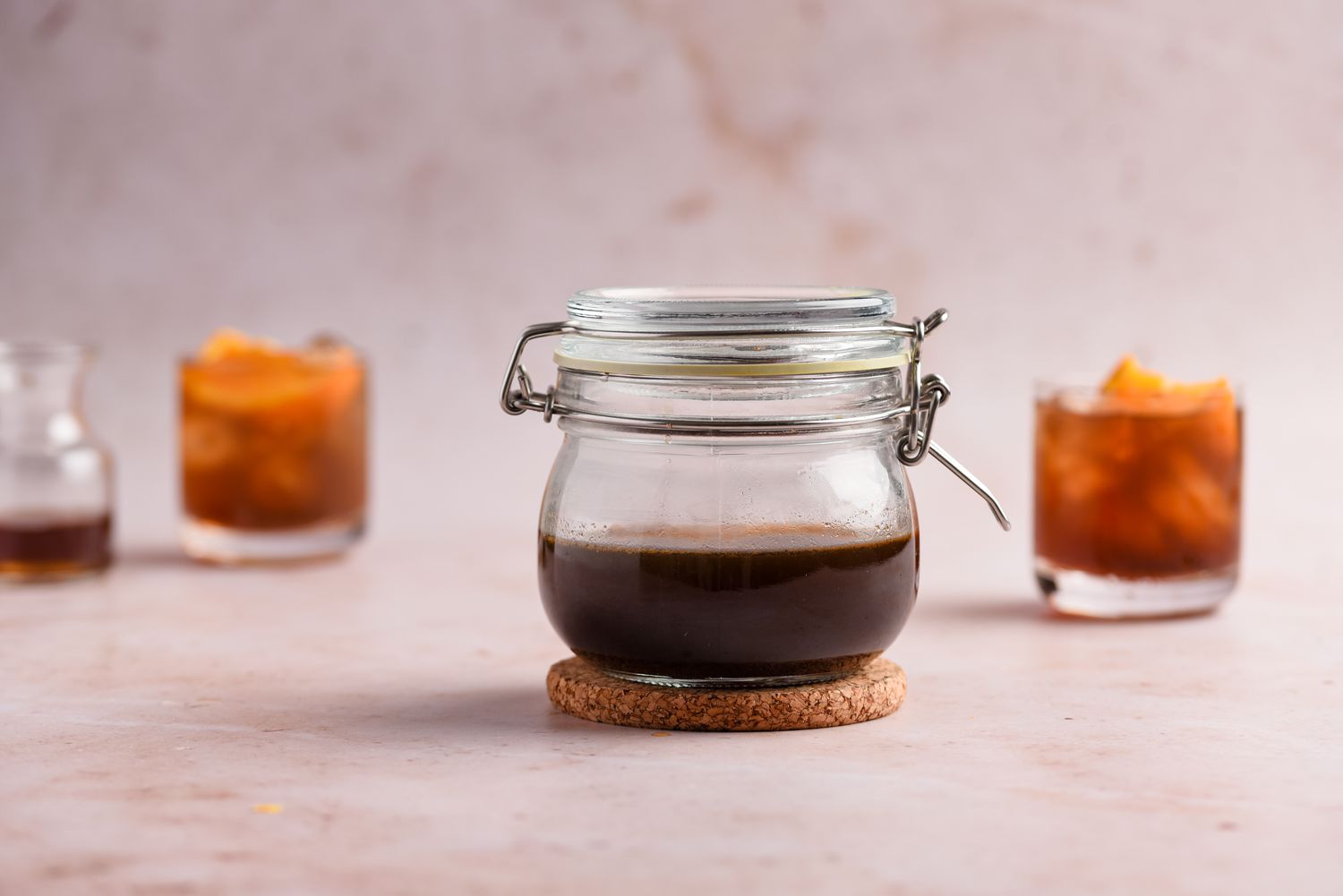
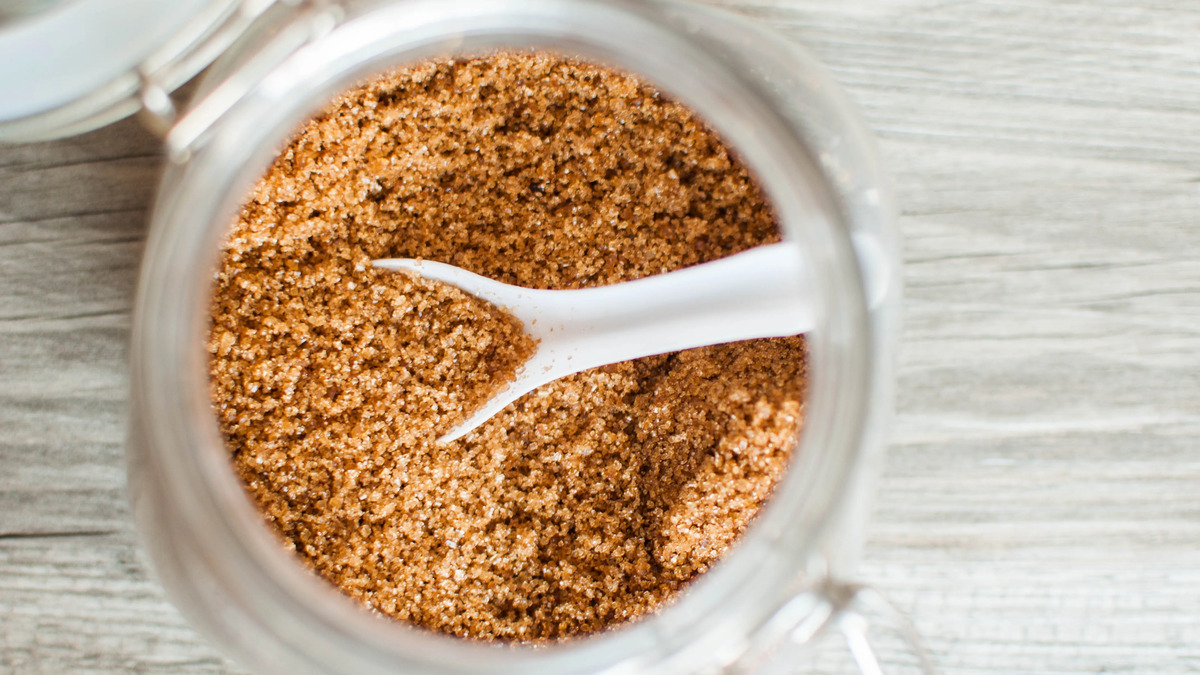
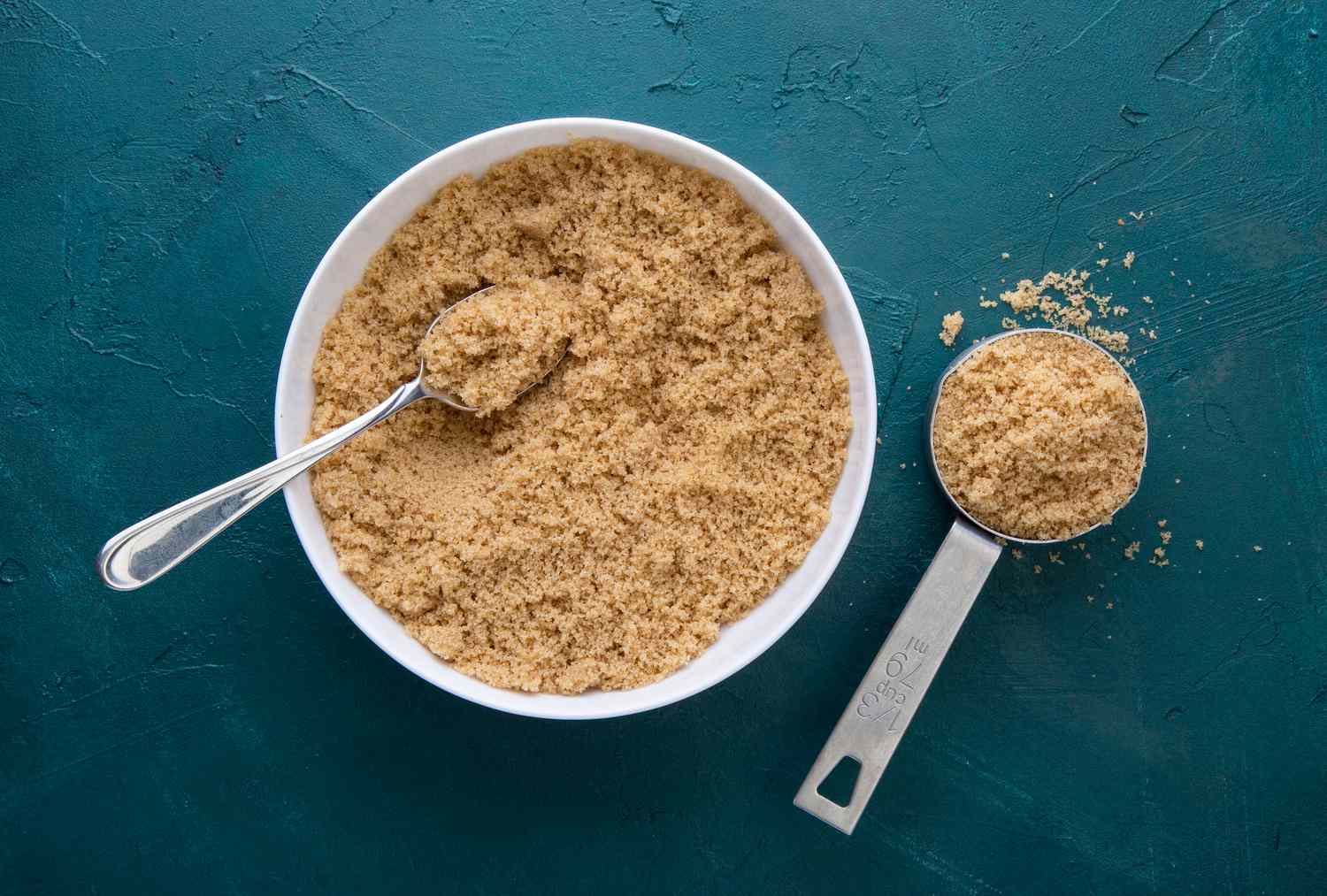
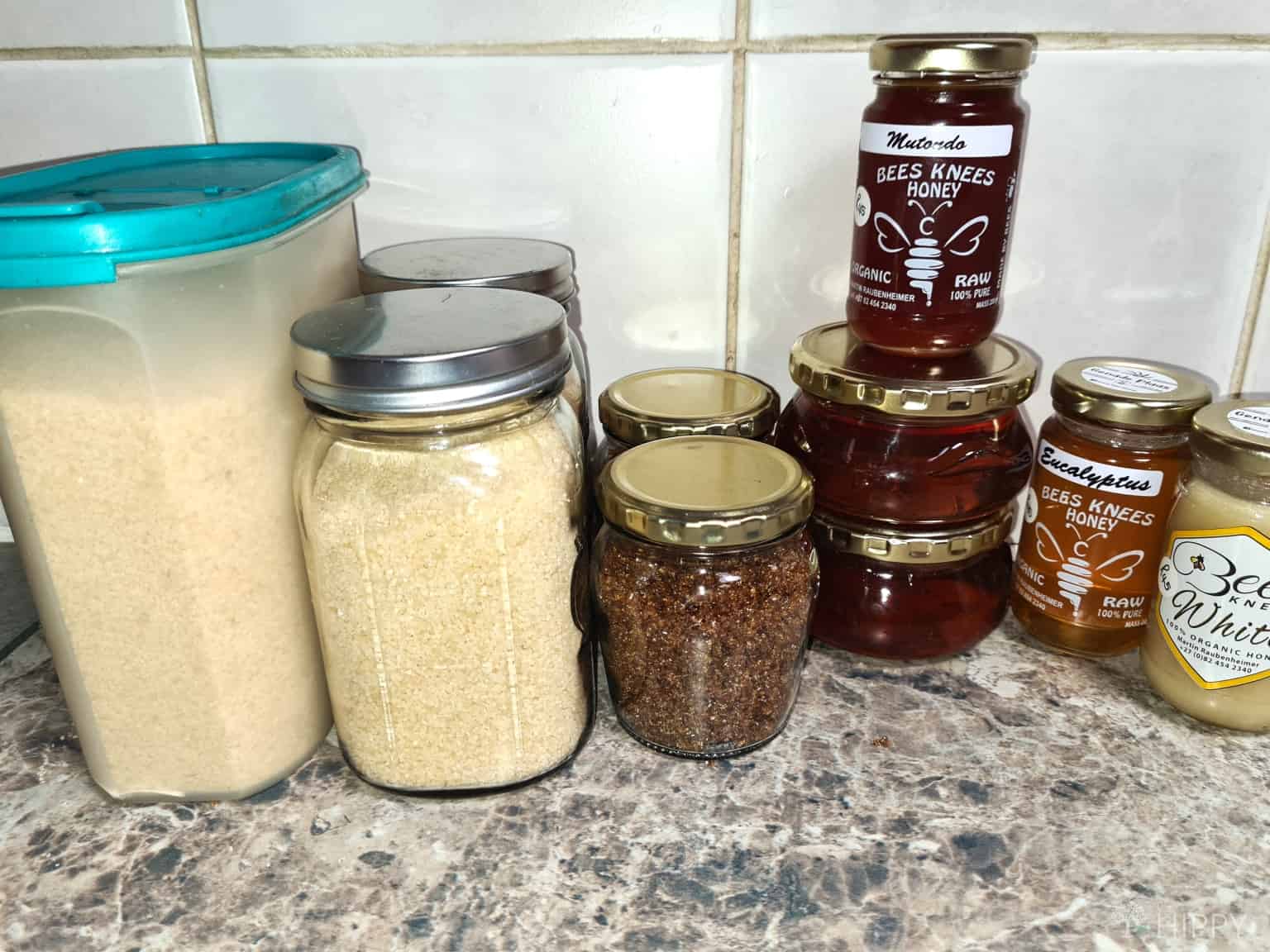
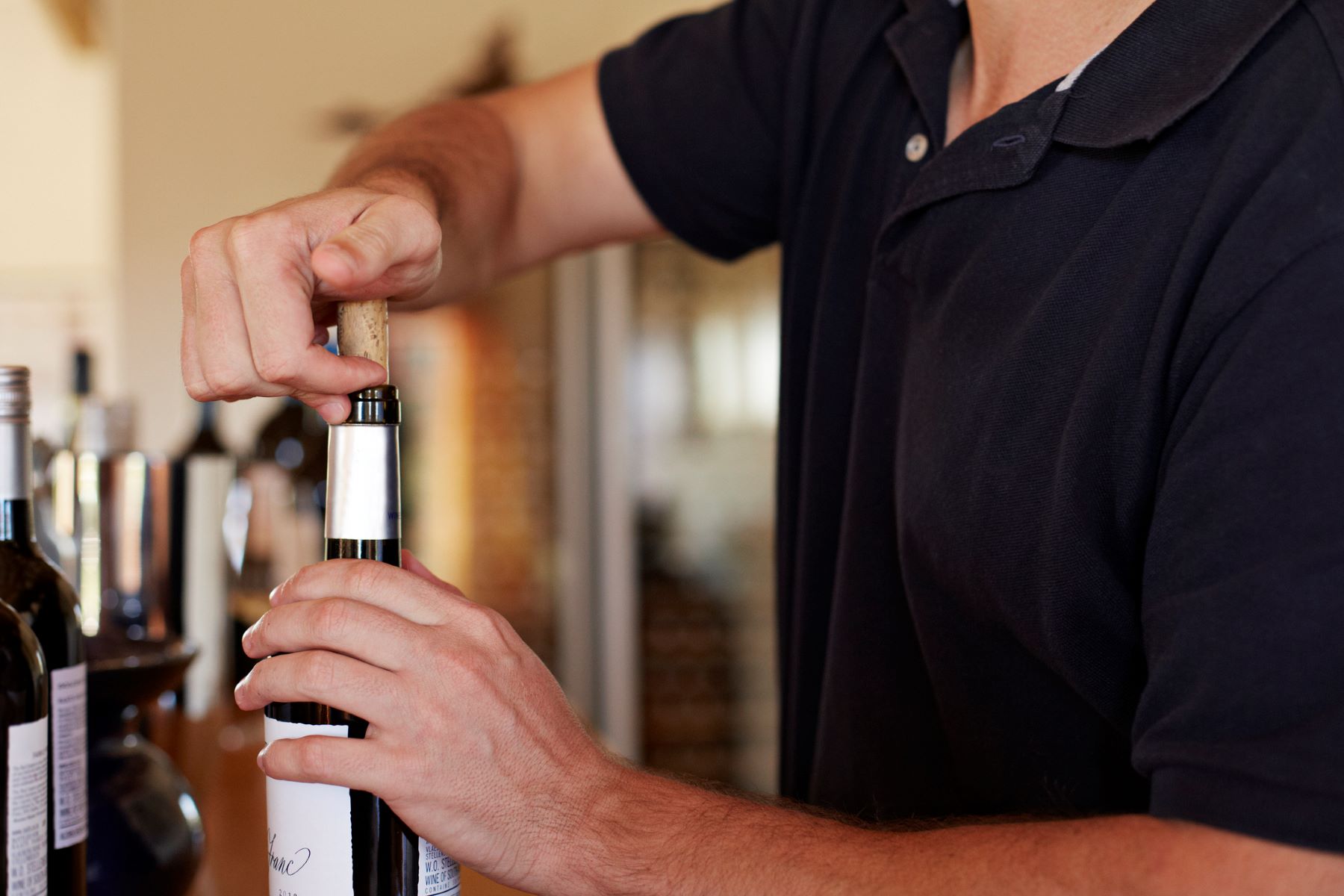
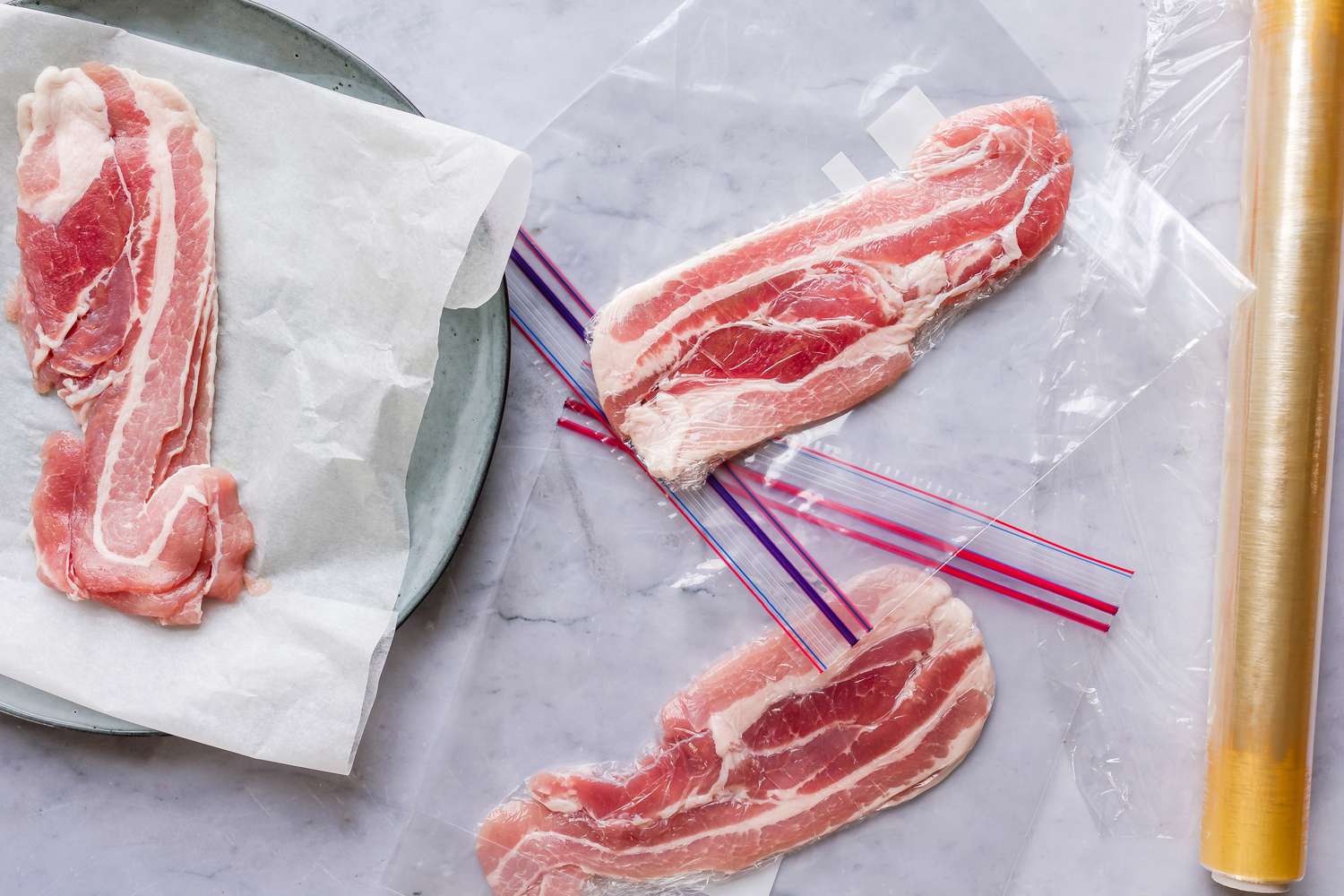

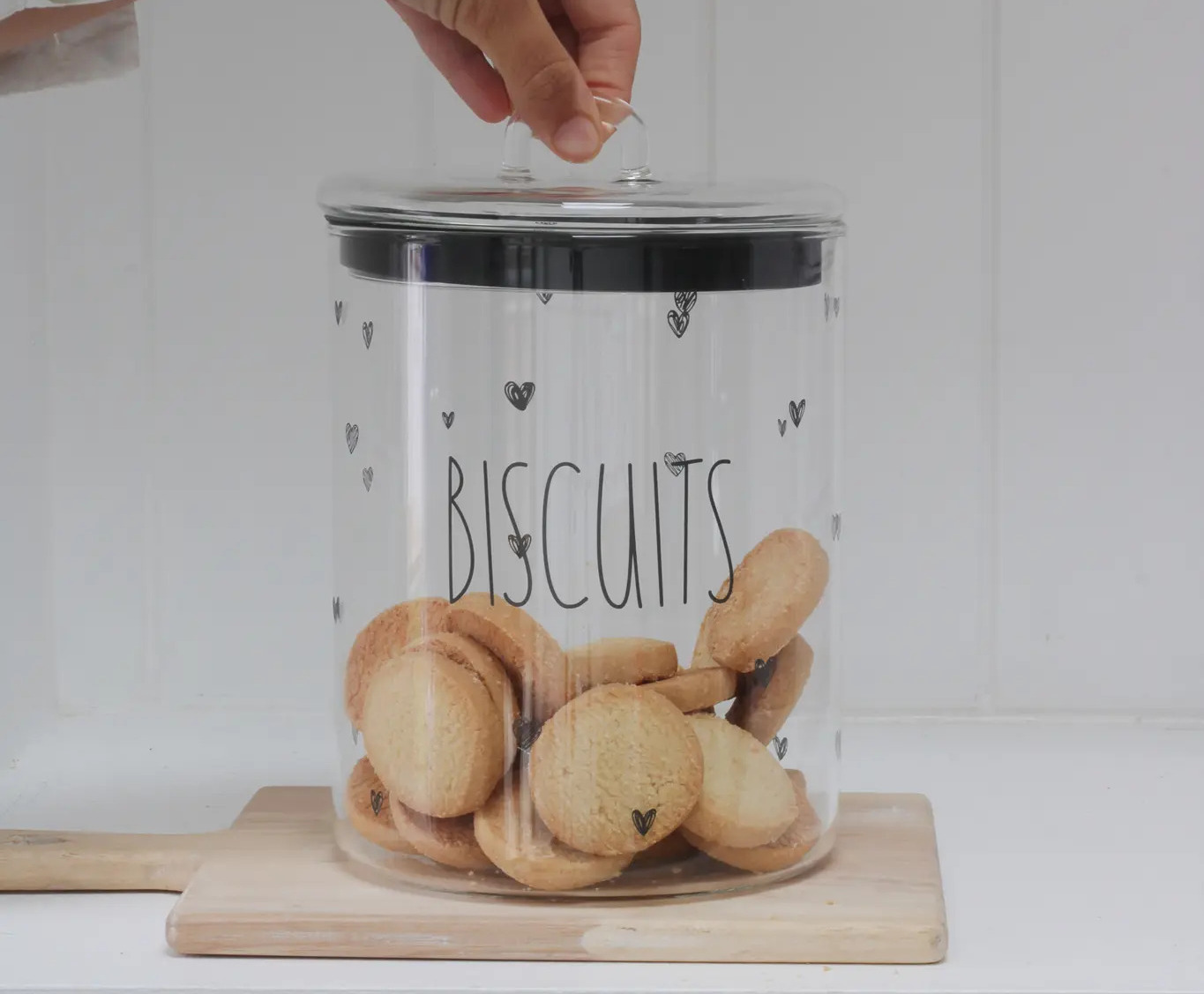

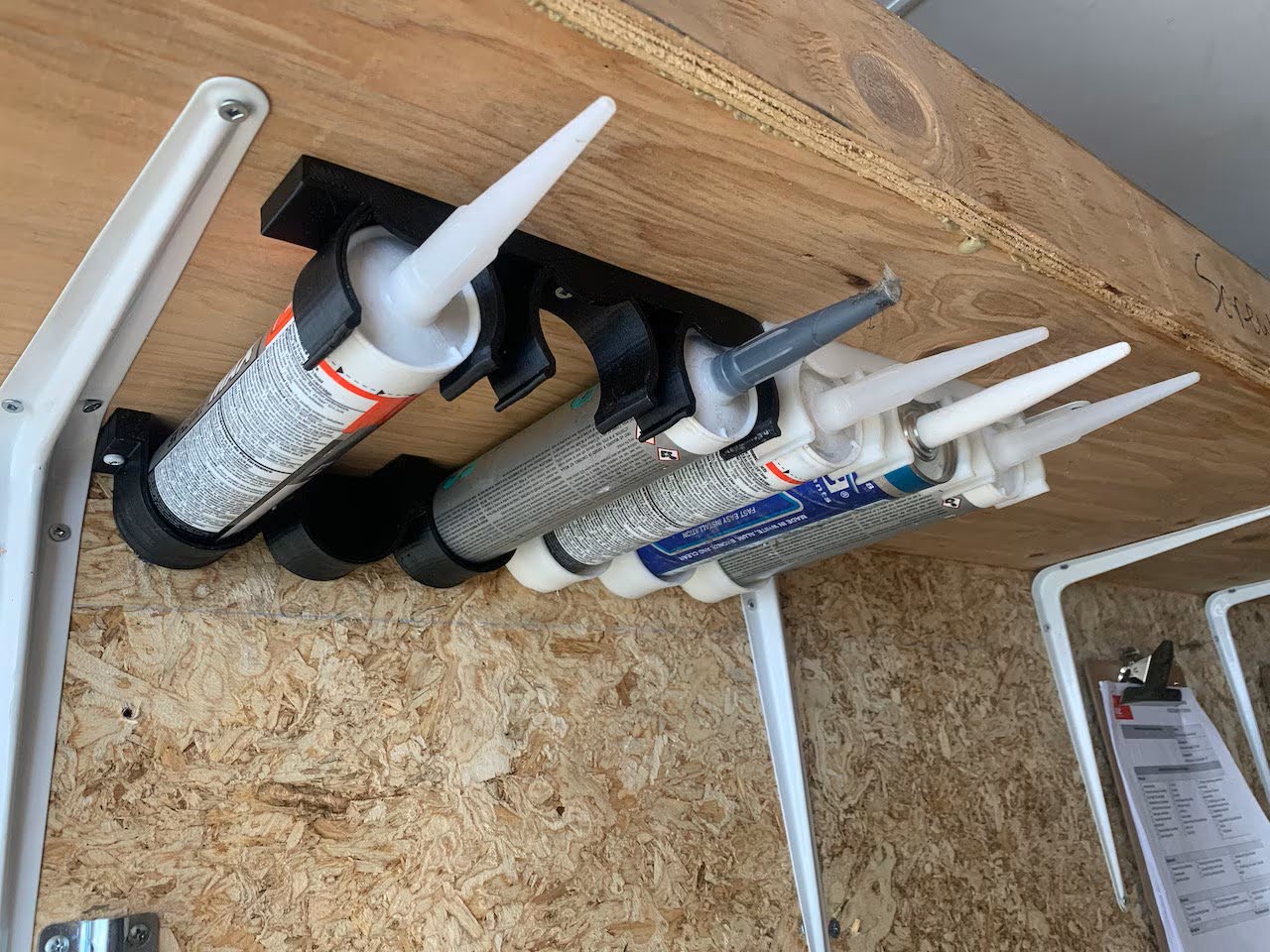

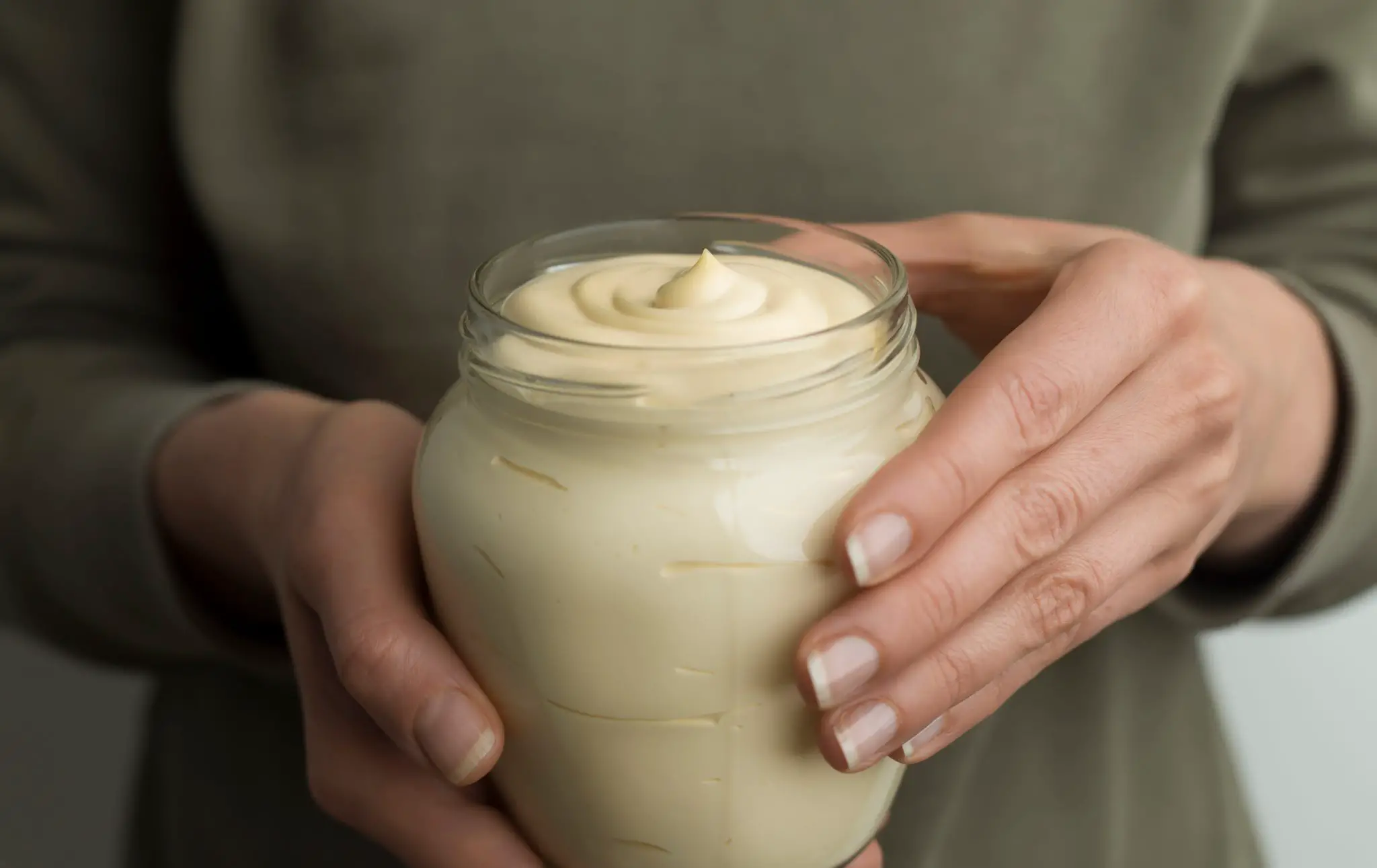
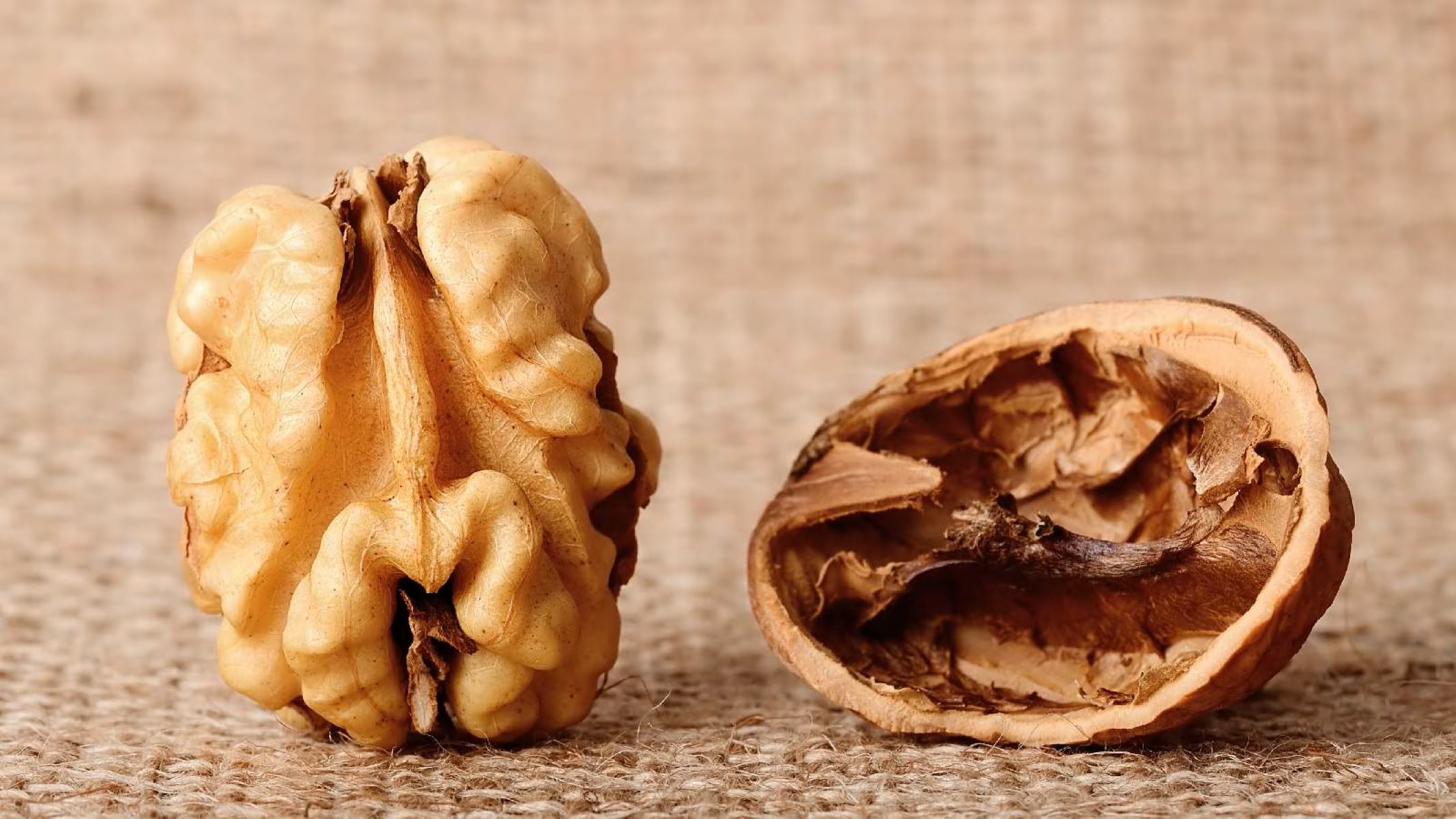
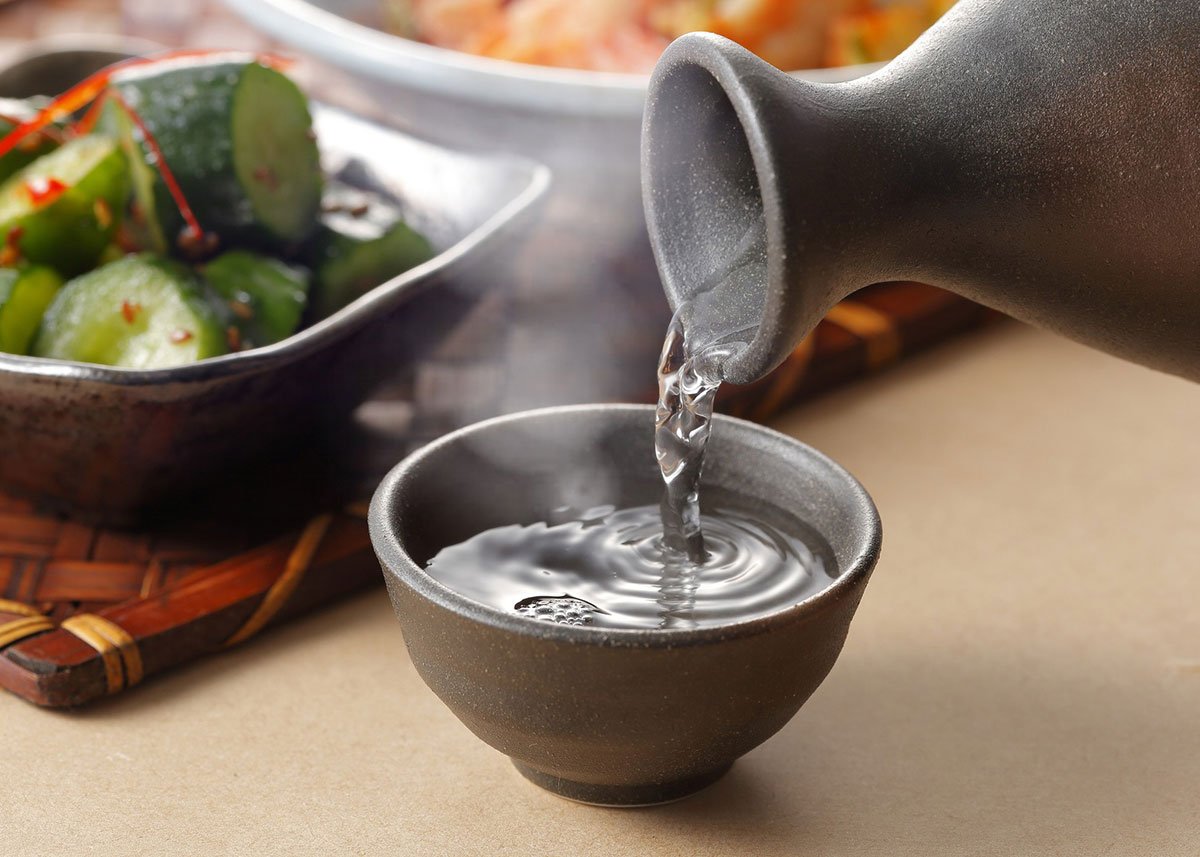

0 thoughts on “How To Store Brown Sugar After Opening”